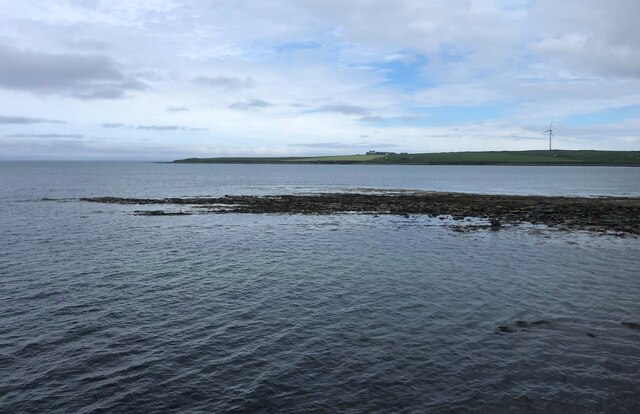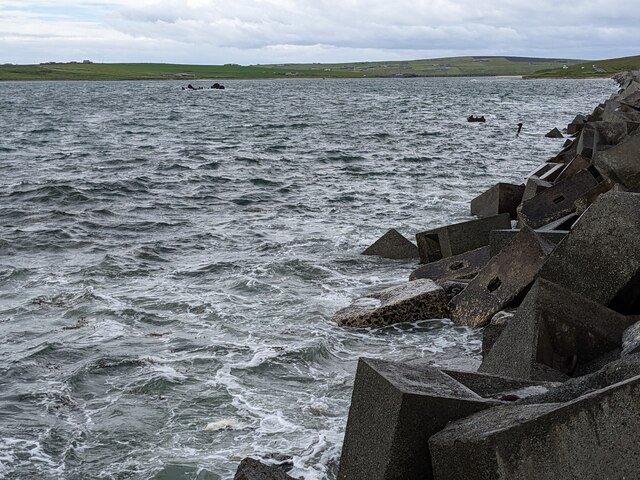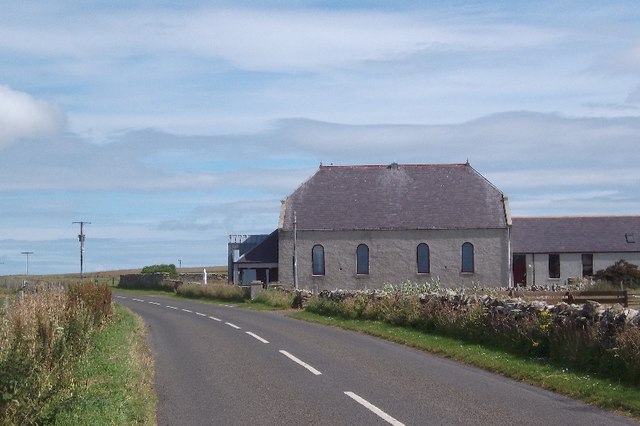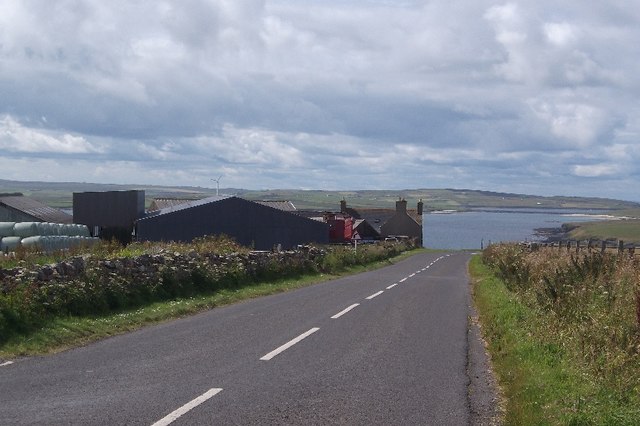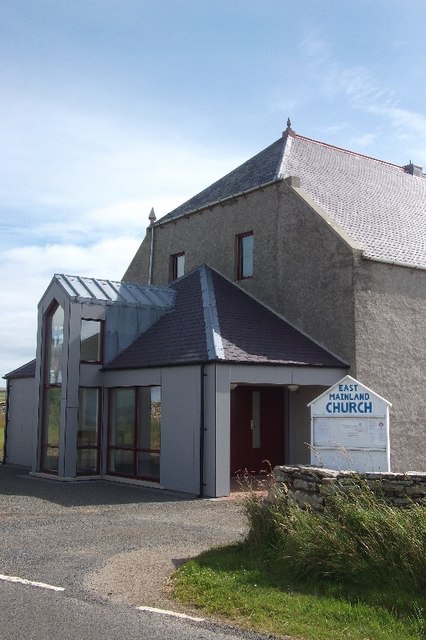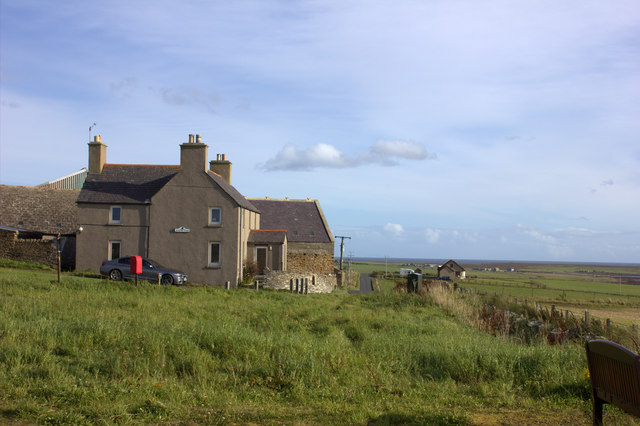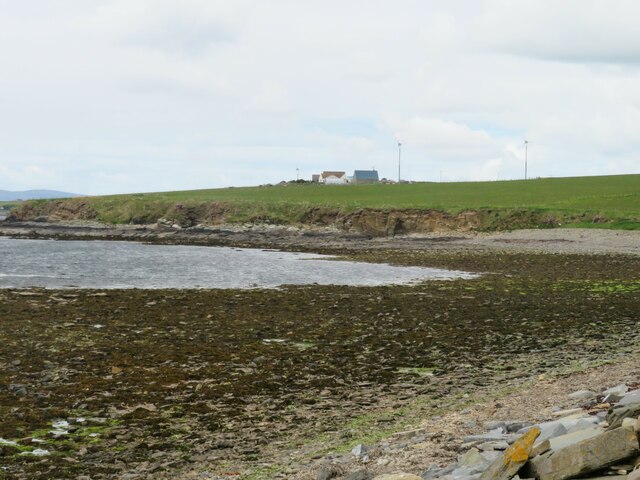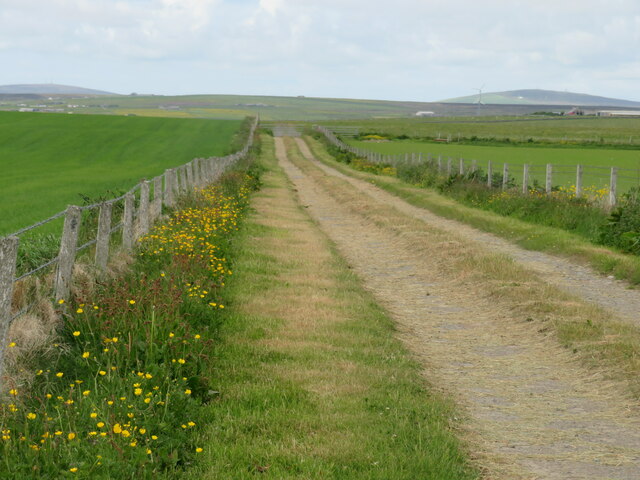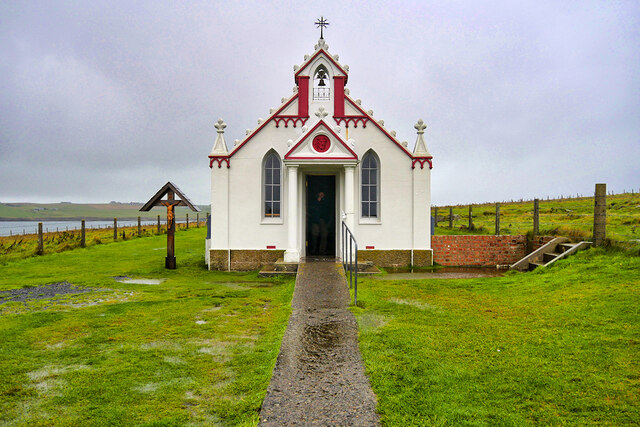Long Taing
Coastal Feature, Headland, Point in Orkney
Scotland
Long Taing
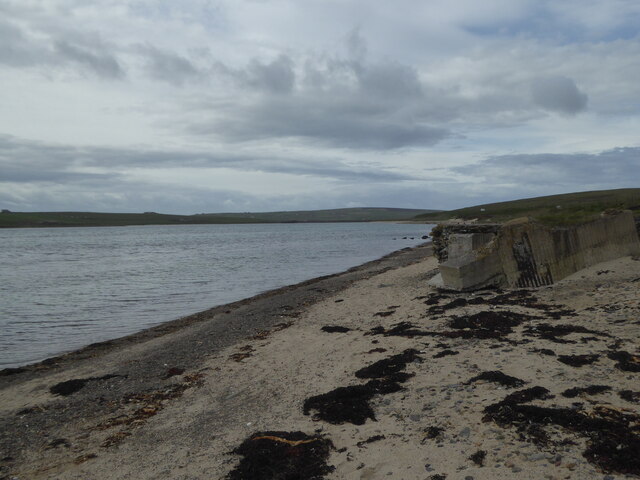
Long Taing is a prominent coastal feature located in Orkney, a group of islands off the northeastern coast of Scotland. It is a headland that juts out into the North Sea, forming a distinctive point along the coastline. Long Taing is situated on the eastern side of Orkney Mainland, the largest island in the archipelago.
This headland is characterized by its rugged and rocky nature, with steep cliffs that rise dramatically above the sea. The cliffs are composed of layers of sedimentary rock, showcasing the geological history of the area. The exposed rocks often display vibrant colors, ranging from shades of red and brown to gray and black.
The coastal area around Long Taing is rich in marine life, making it a popular spot for birdwatching and wildlife enthusiasts. Visitors may spot various seabirds, such as fulmars, kittiwakes, and guillemots, nesting on the cliffs. Seals can also be seen basking on nearby rocks, while occasional sightings of dolphins and porpoises are not uncommon.
From the top of Long Taing, visitors can enjoy breathtaking panoramic views of the surrounding coastline and the North Sea. On clear days, the Scottish mainland can even be seen in the distance. The headland provides an ideal vantage point for photographers and nature lovers alike, with the ever-changing weather and light conditions creating a captivating atmosphere.
Overall, Long Taing is a captivating coastal feature in Orkney, offering visitors an opportunity to immerse themselves in the natural beauty and wildlife of the region. Its rugged cliffs, diverse marine life, and stunning views make it a must-visit destination for anyone exploring the Orkney Islands.
If you have any feedback on the listing, please let us know in the comments section below.
Long Taing Images
Images are sourced within 2km of 58.889379/-2.883835 or Grid Reference HY4900. Thanks to Geograph Open Source API. All images are credited.
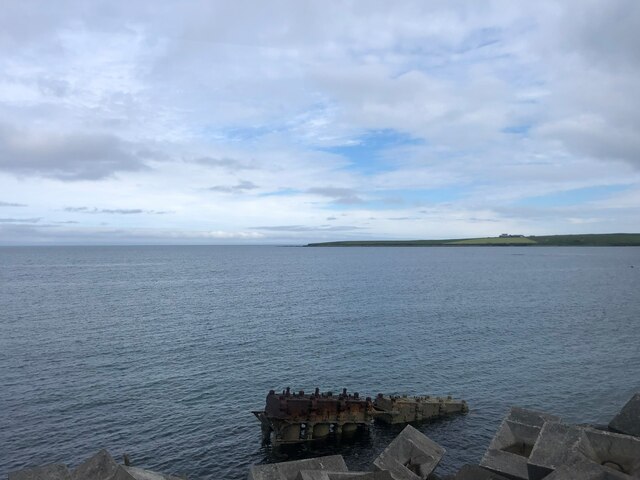
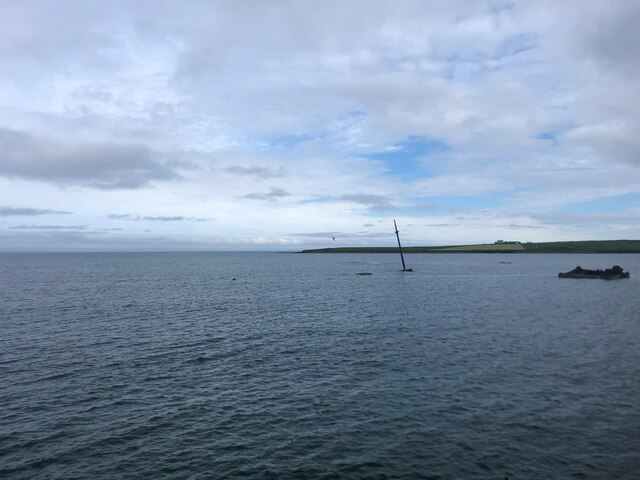
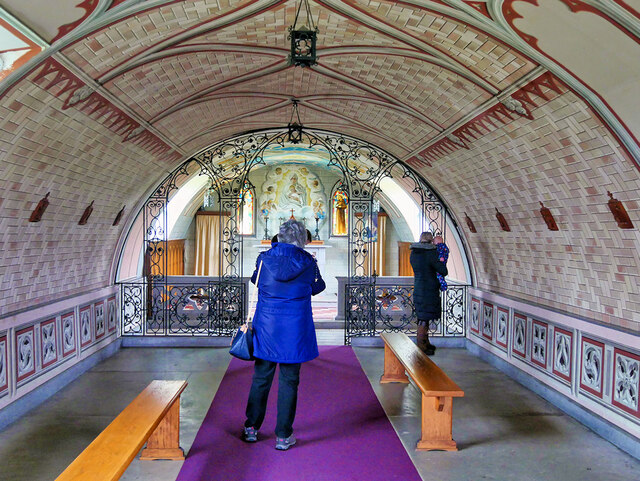
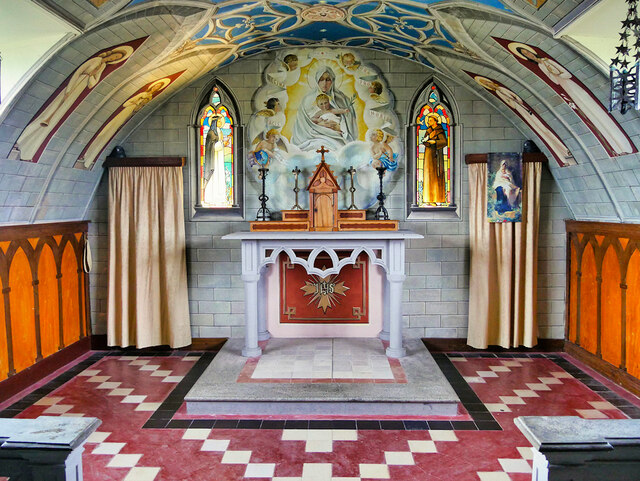



Long Taing is located at Grid Ref: HY4900 (Lat: 58.889379, Lng: -2.883835)
Unitary Authority: Orkney Islands
Police Authority: Highlands and Islands
What 3 Words
///mull.leaps.frostbite. Near Holm, Orkney Islands
Nearby Locations
Related Wikis
Lamb Holm
Lamb Holm is a small uninhabited island in Orkney, Scotland. The Italian Chapel, constructed during the Second World War, is the island's main attraction...
Italian Chapel
The Italian Chapel is a highly ornate Catholic chapel on Lamb Holm in the Orkney Islands. It was built during World War II by Italian prisoners of war...
Orkney F.C.
Orkney Football Club is a senior association football club from the Orkney Islands, Scotland. The club was founded in 2012 and competes in the North Caledonian...
A961 road
The A961 is a single-carriageway road on the eastern side of Scapa Flow in the Orkney Islands, connecting the town of Kirkwall on the Orkney Mainland to...
Nearby Amenities
Located within 500m of 58.889379,-2.883835Have you been to Long Taing?
Leave your review of Long Taing below (or comments, questions and feedback).
